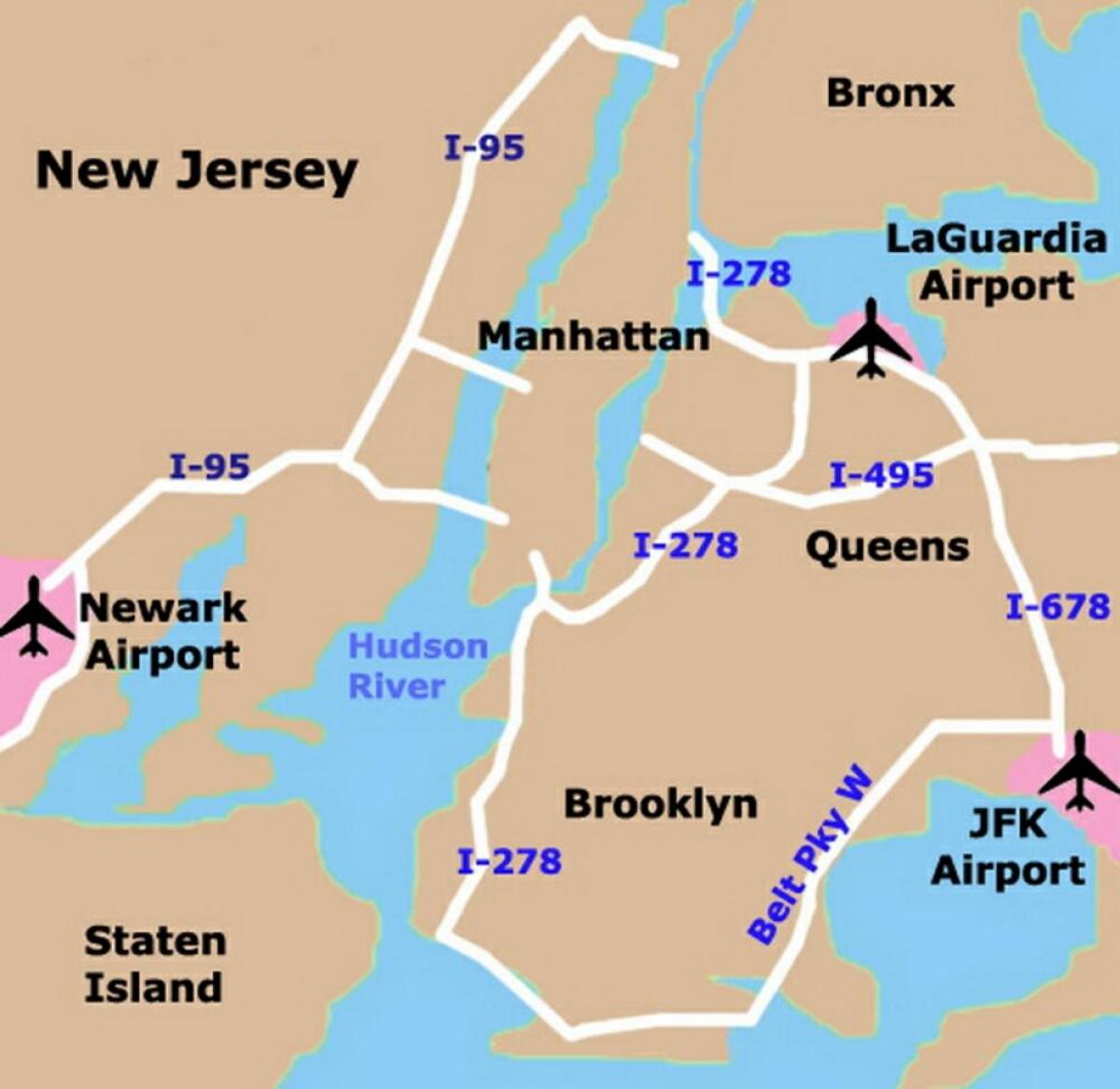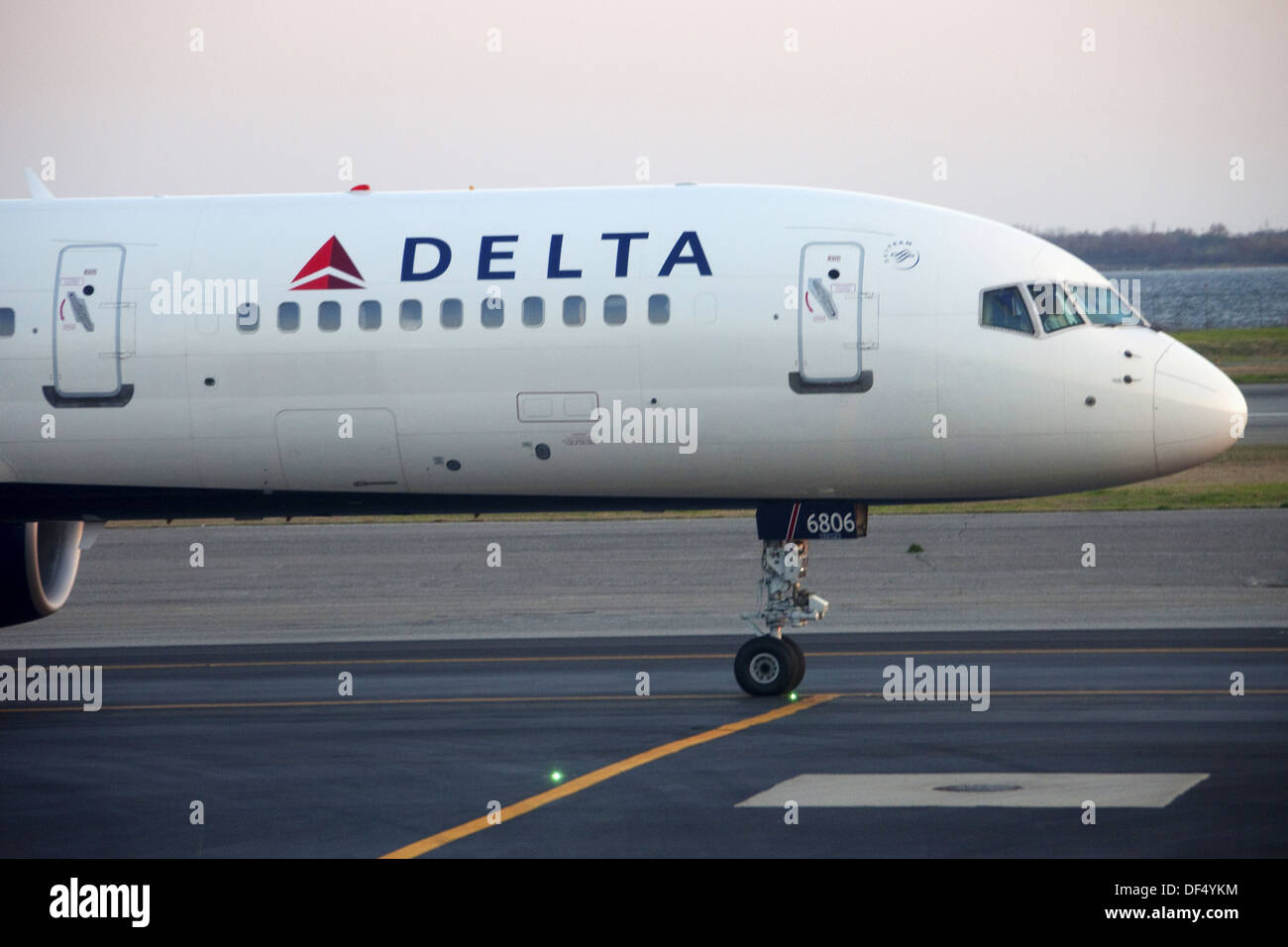Ground Stops

A ground stop at a New York City airport is a temporary halt to all arriving and departing flights. It’s like when your favorite street food vendor suddenly closes up shop, but for planes. These ground stops are a common occurrence, especially in the bustling metropolis of New York City, where the skies are often crowded and the weather can be unpredictable.
Reasons for Ground Stops
Ground stops are implemented to ensure the safety and efficiency of air travel. They are typically triggered by a combination of factors, including weather, security, and operational issues.
- Weather: Ground stops are often put in place during severe weather conditions, such as thunderstorms, heavy snow, fog, or strong winds. These weather events can make it difficult or unsafe for planes to take off or land.
- Security: In the event of a security threat or incident, a ground stop may be implemented to allow for security personnel to investigate and address the situation.
- Operational Issues: Ground stops can also occur due to operational issues such as air traffic control delays, runway closures, or equipment malfunctions. These issues can disrupt the normal flow of air traffic, leading to a ground stop.
Recent Ground Stops at NYC Airports
Ground stops at NYC airports are not uncommon, and they can have a significant impact on travelers. For example, in February 2023, a major snowstorm caused widespread ground stops at all three major NYC airports, resulting in thousands of flight cancellations and delays. This event highlighted the potential disruption that ground stops can cause, especially during peak travel seasons.
Impact on Passengers and Operations
/JFK_2-595e54983df78c4eb6fcff33.jpg)
A ground stop at any major airport, especially in a bustling metropolis like New York City, can be a major inconvenience for passengers and significantly disrupt airport operations. The impact is multifaceted, affecting travelers’ plans, airport staff, and overall efficiency.
Impact on Passengers
Passengers face a range of challenges during a ground stop, from delayed travel plans to missed connections and potential disruptions to their schedules.
- Delayed Flights: The most immediate consequence of a ground stop is flight delays. Passengers find themselves stuck at the gate, waiting for the order to resume flights, often with limited information about the duration of the delay.
- Missed Connections: For travelers with connecting flights, a ground stop can be particularly stressful. Delays often lead to missed connections, requiring passengers to reschedule their travel plans, potentially impacting their entire itinerary.
- Frustration and Anxiety: The uncertainty surrounding a ground stop can lead to frustration and anxiety among passengers. The lack of timely updates and potential disruptions to their travel plans can be stressful, especially for those with time-sensitive commitments.
- Limited Amenities: While airports typically provide some amenities, such as food and beverage options, the limited availability during a ground stop can lead to long lines and a sense of inconvenience.
Impact on Airport Operations
Ground stops have a significant impact on airport operations, leading to delays, cancellations, and challenges in baggage handling.
- Flight Delays and Cancellations: Ground stops inevitably lead to flight delays and, in some cases, cancellations. This can create a ripple effect, disrupting subsequent flights and causing cascading delays across the airport system.
- Baggage Handling Disruptions: Ground stops can disrupt baggage handling processes. With flights delayed or canceled, bags may be delayed in reaching their destinations or even misdirected, causing further inconvenience for passengers.
- Increased Staffing Demands: Airport staff, from gate agents to baggage handlers, face increased demands during ground stops. The need to manage passenger inquiries, reschedule flights, and handle delays requires additional resources and coordination.
- Operational Challenges: Ground stops require careful coordination and communication between air traffic control, airlines, and airport staff. Managing the flow of aircraft, passengers, and baggage during these events requires efficient protocols and communication channels.
Typical Stages of a Ground Stop, Ground stop nyc airports
| Stage | Description |
|---|---|
| Announcement | The airport or airline announces the ground stop, providing information about the reason and estimated duration. |
| Holding Pattern | Aircraft holding patterns are established in the air, allowing flights to circle the airport until the ground stop is lifted. |
| Ground Stop Implementation | Flights are instructed to hold their positions, with no arrivals or departures permitted. |
| Resumption of Operations | The ground stop is lifted, and flights are allowed to resume their normal schedules, often with delays. |
Mitigation Strategies and Future Considerations: Ground Stop Nyc Airports

While ground stops are necessary for safety, their impact on passengers and operations is significant. To minimize disruption, NYC airports have implemented a range of strategies, leveraging technology and communication to improve management. Moreover, ongoing efforts are focused on developing future solutions to prevent or mitigate ground stops altogether.
Strategies Implemented by NYC Airports
NYC airports employ several strategies to minimize the impact of ground stops, including:
- Early Notification and Communication: Airports utilize various channels, including social media, airport websites, and mobile apps, to notify passengers about potential ground stops. This allows travelers to adjust their plans and avoid unnecessary travel to the airport.
- Diverting Flights: When weather conditions are unfavorable at one airport, flights are diverted to other airports with better conditions. This helps prevent delays and congestion at the affected airport.
- Holding Patterns: Aircraft are kept in holding patterns in the air, circling over a specific area, until the weather conditions improve. This allows aircraft to wait for landing clearance without causing congestion on the ground.
- Ground Delay Programs (GDP): These programs are used to manage delays during periods of heavy air traffic or adverse weather conditions. Airports may implement GDPs to limit the number of flights arriving and departing at a particular time, helping to prevent further delays.
Role of Technology and Communication
Technology plays a crucial role in improving ground stop management. For example:
- Advanced Weather Forecasting: Real-time weather data and advanced forecasting models allow airports to anticipate potential ground stops and implement mitigation strategies proactively. This helps reduce the impact of weather-related disruptions.
- Airport Management Systems: These systems help manage air traffic flow, track aircraft movements, and communicate with pilots and air traffic controllers. This allows for more efficient ground stop management and minimizes delays.
- Mobile Applications: Mobile apps provide passengers with real-time information about flight status, delays, and ground stops. This allows travelers to stay informed and make informed decisions about their travel plans.
Potential Future Solutions
The aviation industry is continuously exploring innovative solutions to prevent or mitigate ground stops. These include:
- Advanced Air Traffic Management Systems: Future air traffic management systems are expected to leverage artificial intelligence and automation to optimize air traffic flow, reducing the need for ground stops. These systems could anticipate potential delays and adjust flight schedules proactively.
- NextGen Technology: The NextGen air traffic control system, currently being implemented in the United States, aims to improve efficiency and safety by using satellite-based navigation and communication technologies. This could potentially reduce the need for ground stops and improve air traffic flow.
- Weather Modification Technologies: Although still in the early stages of development, weather modification technologies, such as cloud seeding, could potentially reduce the frequency and severity of weather-related ground stops. However, the effectiveness and safety of these technologies require further research and development.
Ground stop nyc airports – Flights in and out of NYC airports are totally grounded, man. It’s like a right mess, innit? Makes you wonder what’s going on in the world, like the whole Israel Hamas leader situation. You know, it’s all pretty grim. But hey, at least it’s giving everyone a chance to catch up on their Netflix, right?
Right, so you’re tryna fly out of NYC, but you’re hearing about this whole “ground stop” thing, right? It’s a bit of a pain, but it’s all about safety. If you’re worried about what it means and what you need to do, check out this link ground stop nyc airports to get the lowdown.
You’ll be up to speed in no time.
